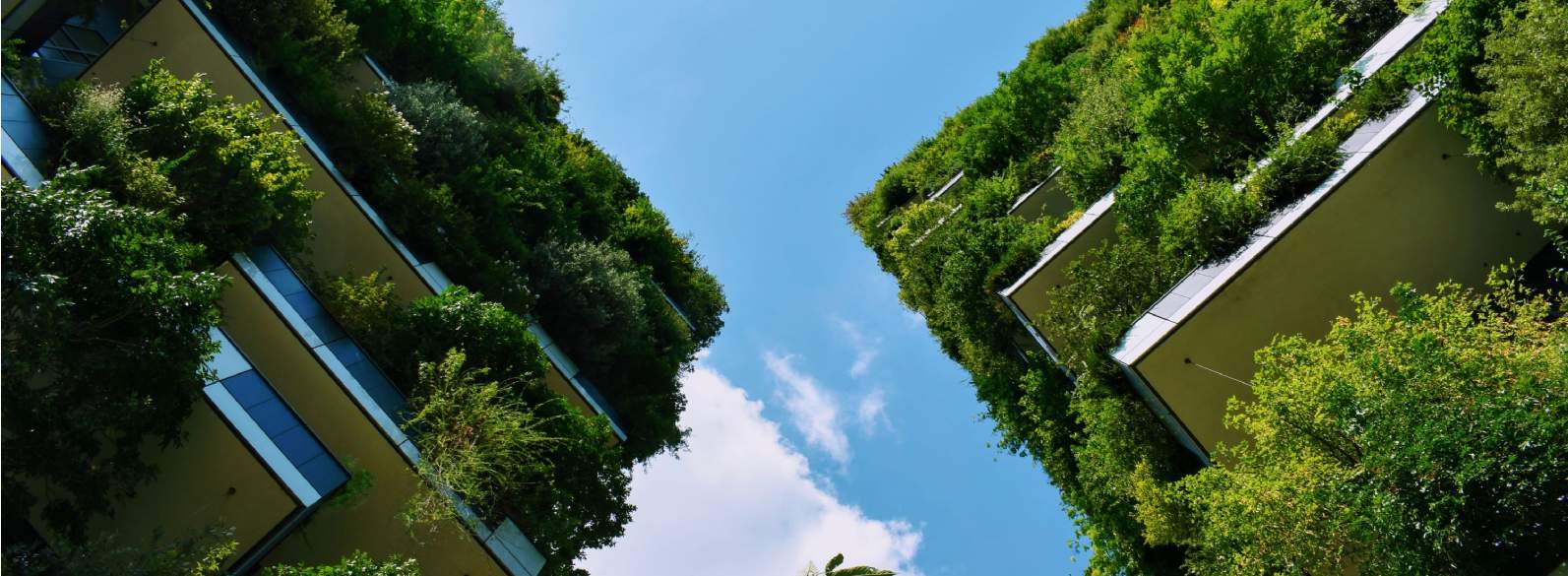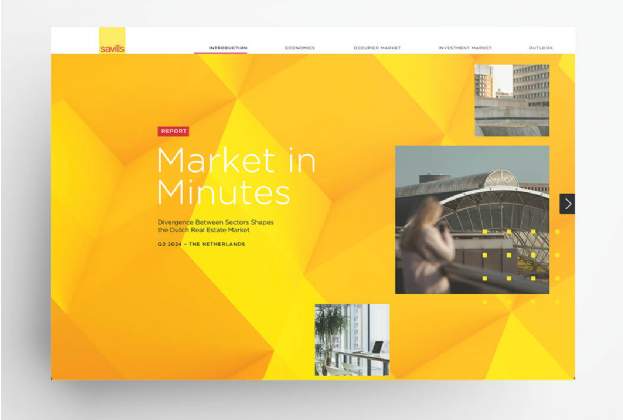Authored by Iris Kampers, ESG Advisor at Savills in the Netherlands, and Elena Lutterkort, Head of Sustainability at Savills in France
In the transition towards a more sustainable built environment, carbon dioxide (CO2) emissions are our preferred currency. Amongst others, it is the unit of measurement to determine how aligned we are to the Paris Agreement which aims to limit global temperature rises to 1.5 degrees.
In 2015, the European Union established the Carbon Risk Real Estate Monitor (CRREM) which evaluates the operational carbon performance of a building. This encompasses the carbon dioxide emissions linked to its energy consumption, and compares it to the decarbonisation trajectory specific to its location and type of building, in alignment with the Paris climate change limit. The tool serves a critical function by evaluating the ‘stranding risk’ associated with real estate assets or portfolios.
Whilst CRREM remains a coarse decision tool, if we assume everyone in Europe is using it there are some interesting points to be made. The pathway towards net zero differs per country, as it is up to individual governments to slice up the carbon dioxide cake they have been assigned, and distribute emissions across sectors. In France, for example, offices can emit 0.6 kg CO2 per year, and use 75 kWh energy per m2 per year. Compare this to Sweden, and the numbers change to 0.5 kg CO2 per year and 95 kWh energy per m2 per year.
About 40% of our emissions come from the real estate sector, which means that a lot can be done here. The Netherlands has set particularly strict legislation to reduce greenhouse gas emissions, and measures mostly focus on transitioning to cleaner energy. Since most real estate assets in the Netherlands either use gas or electricity for heating, the range of solutions is relatively small compared to other countries that still use coal as a source of energy and dependent on the incentives on offer.
As with anything expensive, “green” buildings in the Netherlands are difficult to find. Letting go of the actual consumption data for a bit, data on building’s EPC ratings (or energy labels) shows less than 3% of our current office stock has an energy label A+++, which is considered ”green” in national legislation.
Pair this knowledge with potential financial consequences. If carbon dioxide emissions are our chosen currency, the exchange rate of carbon dioxide is how we bring the planetary boundaries into our capitalist system. It is not surprising, therefore, that legislation aims to make carbon dioxide emissions expensive. One of the ways to do that is through the Emissions Trading System (ETS). As soon as the ETS II is implemented, which will add energy procurement as an economic activity that is regulated under the system, we expect energy companies to relay the costs of emissions tied to grey energy to the end-users of this energy.
Other ways to set an exchange rate for carbon dioxide emissions are also in the works. Governments may choose to set minimum requirements or increase taxes for certain unsustainable types of energy. Companies reporting under the Corporate Sustainability Reporting Directive (CSRD) may choose not to lease an office that is not up to a sustainable standard. This would prolong void periods, and decrease marketing potential. Both of which would, in turn, affect the value of that building.
All in all, we can anticipate that stranded assets will be expensive and challenging to have in portfolios. Which is why we decided to look into European differences with regards to stranding. Plotting the same office building in CRREM in different European capitals, using exactly the same 130 kWh/m2 energy use (electricity only) puts the typical “location, location, location” in a new perspective.
.jpg)
The map above shows the different years in which the particular property will strand. For example, the same office that would strand in the Netherlands in 2024, will not strand in Norway or Sweden. This highlights the importance of a tailor made, well informed approach, whereby local legislation and requirements are accurately considered.
There is a clear demand for non-stranded assets from an owner and occupier perspective as it’s expected that these “green” buildings will financially outperform similar buildings which do not align to the Paris agreement. This will most likely be the case in countries where it is more difficult to reach a certain green standard.
Stranding risk incentivises institutional investors to divest from stranded assets, which can create opportunity for developers to obtain solid value add stock. After two slower years in the office market, the pathway towards net zero can provide a new impulse in our development towards the future.

.jpg)
.jpg)
.jpg)
.jpg)
.jpg)
.jpg)
.jpg)
.jpg)
.jpg)
